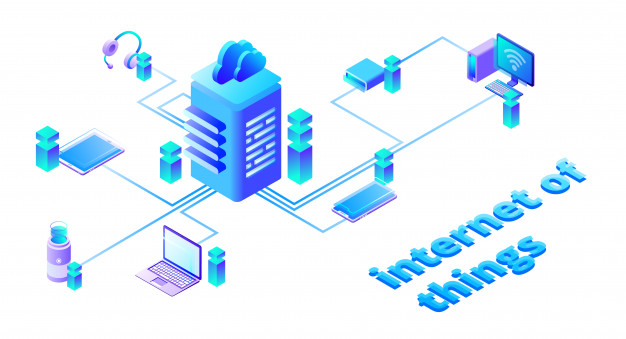
Tips about Internet Of Things
Internet of Things (IoT) is a network comprising of machines, vehicles, home appliances, computers, micro controllers, sensors and actuators supported by application software and protocols: all these will generate massive volumes of data that flow to the computers for analysis, resulting in the collection of much richer information and insights in real time and used by automated systems to respond intelligently with appropriate actions.
Interconnectivity:
with regards to IoT, anything can be interconnected with the global information and communication infrastructure.
Things related services:
IoT is capable of providing “thing” related services within the constraints of things, such as privacy protection and semantic consistency among physical things and their associated virtual things. In order to provide “thing” related services within the constraints of things, both the technologies in physical world and information world will be changed.
Heterogeneity:
the devices in the IoT are heterogeneous based on different hardware platforms, applications and networks. They can interact with other devices or service platforms through different networks. IoT may comprise of sleeping nodes, mobile devices and non-1P devices.
Dynamic changes:
the state of device change dynamically, e.g., sleeping and waking up, connected and/or disconnected as well as the context of devices including location and speed. Moreover, the number of devices can be changed dynamically.
Enormous scale:
the number of devices that need to be managed and that communicate with one another will be at least in an order of magnitude larger than the devices connected to the current Internet. The management of generated data and their interpretation for application purposes will be more critical. This relates to semantics of data, as well as eficient data handling.
Safety:
we gain benefits from IoT, but we must not forget about safety. IoT must be designed with safety in mind. This includes the safety of our personal data and the safety of our physical devices. Securing the endpoints, the networks and the data moving across all of it means creating a security paradigm in IoT.
Connectivity:
connectivity enables network accessibility and compatibility. Accessibility is found on a network while compatibility provides the common ability to consume and produce data. The intermittent connectivity is desirable in IoT as when the device is no longer in use, the connection can be detached whereas the device needs to be connected when it wants to generate, transfer or receive data.
Naming and Addressing:
the names and addresses of devices connected to Internet of Things should be unique. Eficient and unambiguous addressing mechanisms should be deployed for devices connected in IoT. Moreover the conversion and translation of addresses from one network to the other should take place eficiently.
